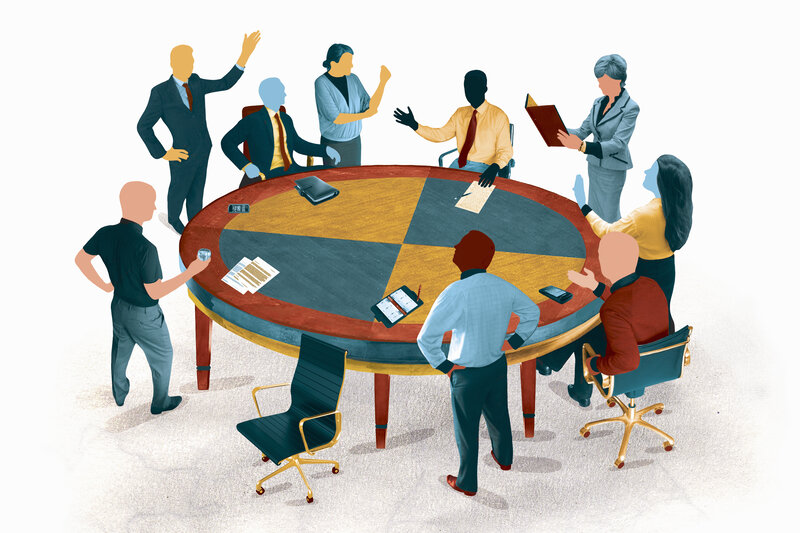Meeting Etiquettes
Effective meetings held in an office space should be properly planned, organised, and controlled. It is also important that group members contribute to the discussion.Adherence to the proper etiquette for a business meeting establishes respect among meeting participants, helps the meeting begin and end on time, and fosters an atmosphere of cooperation. A lack of etiquette and poor planning are two of the main reasons why many business meetings fail. Teach your employees business meeting etiquette to ensure that your business's meetings are effective.
Almost every company in the country currently relies on meetings as an essential component of its business. High-level meetings are held to discuss and set a direction for the company; low-level meetings are used to delegate work and disseminate information; other meetings in between try to fill in the gaps.
No matter where you work or who you work for, meetings are an important part of the job. There’s only one problem that most employees think meetings are waste of time
No matter where you work or who you work for, meetings are an important part of the job. There’s only one problem that most employees think meetings are waste of time

Three greatest reasons about meetings that discourages employees are:
- Meetings wander off topic: No matter how large or how small the group size or how carefully you’ve planned the agenda, your meeting is more than likely to eventually wander off topic. And when it does, the entire function's been lost. The “ideal” meeting is one that stays on topic completely during the entire course of the session.
- Meetings have unnecessary people: This is one of the worst qualities of meetings, and it’s nearly unpreventable. They're generally scheduled with little regard for the time of people attending them. The scheduler, usually the boss, will often throw people onto the roster even if there’s only a small chance that the topic is relevant to them or that they’ll have something meaningful to contribute. This inflates the number of people attending, which is sometimes seen as a good thing -- more minds means more opportunities to solve the problem at hand -- but it’s actually quite damaging. Not only does it draw more employees away from work, it also muddles the focus and presents more opportunities for distraction.
- Meetings aren't work: This negative characteristic of meetings amplifies all the others, and it’s the most important one to understand when considering the actual importance of meetings to your company’s productivity. While many people consider meetings to be “work,” they aren’t. Just because they take place in an office with people doesn’t mean that anything actually gets done. Most meetings are spent talking about work, and if you’re talking about work, you aren’t actually working on anything. Talking about solving a problem doesn’t solve the problem. In some cases it might clarify the problem, but in many cases, it will only complicate it or do nothing at all, putting everyone back at square one when the meeting is over.
6 important Etiquettes to make meeting more interesting and productive are:
- Follow the Agenda: The chairperson of the meeting should circulate a meeting agenda to each participant at least one week in advance. Participants should call the chairperson to express any concerns about the agenda at least 48 hours prior to the meeting. The chairperson and concerned participant will then have time to determine if changes need to be made. The agenda should also mention the meeting's start and ending times as well.
- Be Thoroughly Prepared: Each participant should come to the meeting with all of the materials and data she will need and an understanding of the meeting topic. The whole purpose of the meeting is to discuss the topic at hand. You've wasted everyone's time if you are not prepared to contribute.
- Take Regular Breaks: Meetings should have a break every two hours to ensure participants remain focused. Aim for breaks around 20 minutes long, and meal breaks around 30 minutes long.
- Speak in Turn: Keep the meeting organized by only speaking when you have the floor. Ask questions during the designated question period, and raise your hand to be recognized by the chairperson as having the floor. Do not interrupt someone while they are speaking or asking a question.
- Listen, Really Listen: You may find that many of the questions you have about a topic are answered by the content of the meeting. Listen attentively to the meeting and take notes. Active listening is respectful and gives you a solid base for formulating your response.
- Keep Calm: Avoid nervous habits such as tapping a pen on the table, making audible noises with your mouth, rustling papers or tapping your feet on the floor. This is distracting to other participants and makes you look anxious, even if you are not.


Comments
Post a Comment